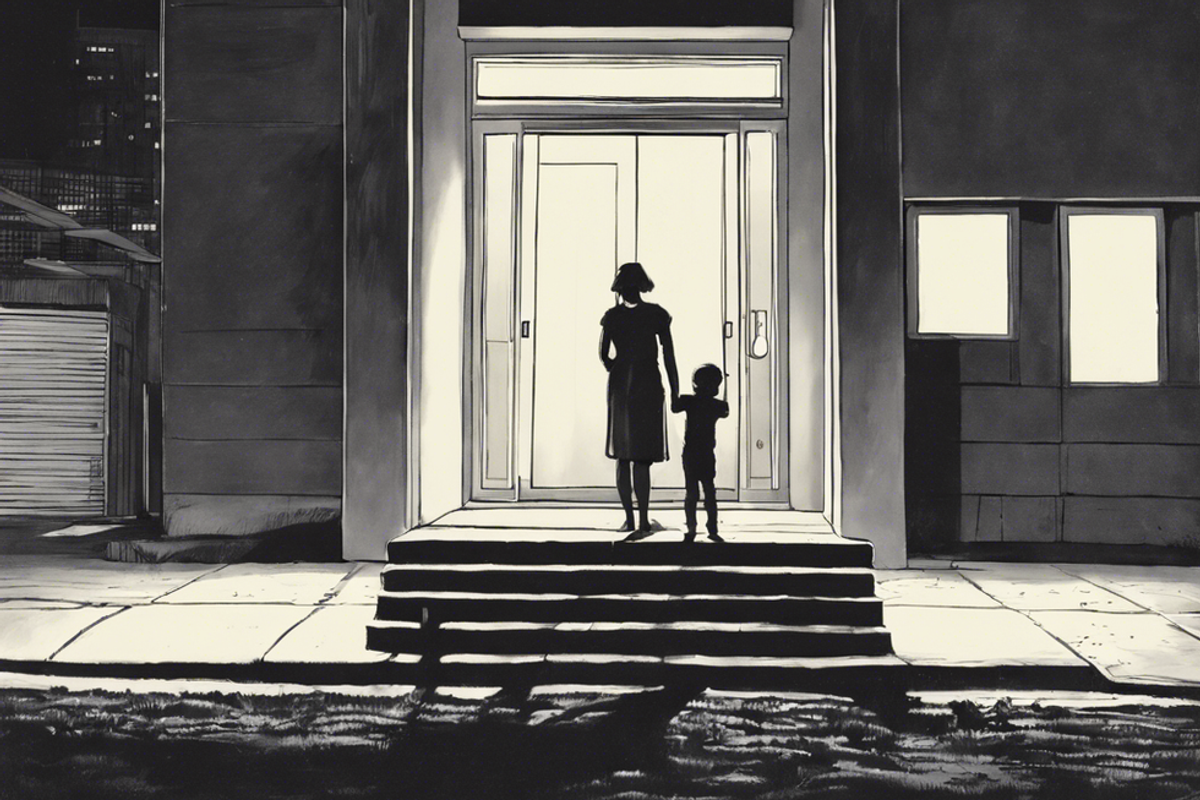People are debating the merits of a 24-hour daycare and the discussion is eye-opening
There seems to be a lot of misunderstanding about the need for this.

Are 24-hour daycares a good idea?
Millions of American parents utilize daycare centers while they work. Since most people work during the day, most daycare center hours fall somewhere between 7:30am and 5:30pm. It's rare to find a daycare that's open after normal working hours.
But one "24-hour" daycare in Houston captured people's attention—and sparked a debate—when a mom posted about it on TikTok.
Adventure Kids Playcare in Houston isn't actually open 24 hours a day but it does offer childcare up to 10:00pm during the week and until midnight on Friday and Saturday nights. In the video, the mom drops her daughter off and we hear the employee tell her they close at midnight. The mom later says she picked her daughter up at 11:55pm.
Reactions to the video rand the gamut from "24-hour daycares are a brilliant idea for parents who work odd shifts" to "Moms shouldn't be leaving their kids at a daycare late at night just so they can go out," sparking a fascinating and eye-opening discussion.
First, here's the video that kicked off the whole debate:
@watchingalicia 😅😅🤷🏾♀️ #fypシ゚viral #fyp #girlmom #daughter #momsoftiktok #parenting #momlife
The video hit the popular Instagram account The Shade Room where people debated whether this kind of daycare arrangement was a positive or negative, and there was a wide range of opinions on all sides.
Some folks poo-pooed the idea of a 24-hour daycare center in general, which most people were quick to squash. Not everyone works a 9-to-5 job, and not everyone has access to people who can watch their kids in the evenings when they're at work, so a childcare center that's open late or all night provides a service some working parents might need.
"The convenience of a 24-hour daycare can't be overstated, especially for parents working unconventional hours," shared one X user. "It's a game-changer for the night shift workers and emergency responders who keep our cities running."
But a lot of the debate centered around parents leaving their kids at a care center not to work, but to go out at night and socialize. Some people felt strongly that it was inappropriate for kids to be up well past a standard child's bedtime waiting for their parent to pick them up. Some felt that a parent should have a babysitter come to the house so the child can sleep in their own bed and not be kept awake until late. On the flip side, others pointed out that a late night playing with other kids at a licensed, reputable facility would be fun for a lot of kids, and it may actually be a safer option than hiring a teenager to come stay at your house while your kid sleeps.
Others debated the appropriateness of a mother leaving her child at a facility late at night to go out on the town in general, stating that work is one thing but going out for purely social or personal reasons is another. Interestingly, this element of the discourse seemed to center entirely around mothers, which could be a whole other discussion for another day. Some people claimed that a mom dropping her kid off to go out late is being selfish and putting her needs above her child's. Others pointed out that all mothers—or parents—need breaks sometimes, and no one can judge what another parent does without knowing their full circumstances. As one commenter wrote, "Not everybody has a village."
The final fascinating split in this debate were the parents who feel unsafe leaving their children with anyone other than immediate family versus the parents who feel it's good for kids to have other caregivers and socialize with kids they don't know. The varying levels of trust or mistrust, comfort or fear parents have when it comes to their children offers some insight into how differently people view the world. Is one side right and the other wrong, or is it merely a difference in perception and personal preference?
If nothing else, hopefully the breadth of the discussion opened people's eyes to different viewpoints and to life circumstances they may not have considered. Often we can get stuck looking at and judging things through our own lens, forgetting that there's a whole big world of diverse situations we may not even be aware of that might make one person's "nope" another person's "yes, please and thank you."
- Dave Ramsey is caught off guard by the exorbitant cost of daycare when caller asks for advice ›
- Dad takes 7-week paternity leave after his second child is born and is stunned by the results ›
- Baby twins were separated for the first time and their nighttime reunion was so sweet ›
- Four reasons why we should stop shaming parents whose kids go to daycare - Upworthy ›
- Daycare provider has the best reaction to baby's first steps - Upworthy ›
- Boy joyfully greets his mom at daycare pickup for five years - Upworthy ›






 A woman takes a dark shower.
A woman takes a dark shower.